An undercurrent of collaboration
The interactions between the mentor, researchers and students in a research group is a sociological black box. An atmosphere that is energising and creative for some can be utterly toxic for others. In some cases it can be both. Can we find traces of these dynamics by looking into the past?
Charles Adolphe Wurtz’s lab at the École de Médecine in Paris, France, was a pretty desirable place for an ambitious young chemist; the list of his students and collaborators is something of a Who’s Who of 19th century organic chemistry. It was there that Archibald Scott Couper formulated the twin ideas of the tetravalence of carbon and its ability to form chains in 1858. Wurtz was so busy that he failed to present Couper’s paper to the French academy. The delay allowed August Kekulé to publish ahead of him. When Couper furiously challenged Wurtz about this, he was fired. Couper never recovered.

But students from across Europe continued to join the group. Arthur Henninger, whose family had emigrated to France from the Duchy of Nassau when Prussia annexed it, joined at age 17. His lab skills soon made him one of Wurtz’s protégés and he worked with Bernhard Tollens, later famous as a carbohydrate chemist (and for his test for reducing sugars) on allylic alcohol.
The Franco–Prussian war forced Henninger’s family to Brazil. But Arthur snuck off to Switzerland, worked as a pharmacist until things calmed down and then headed back to Paris in 1871 where Wurtz had his back, protecting him from those who resented him as ‘German’.
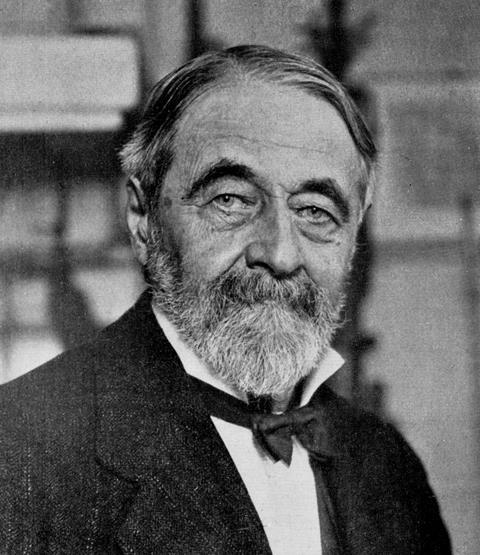
The lab now included a young Dutch chemist, Jacobus van ’t Hoff, who had worked alongside Kekulé in Bonn. He and Henninger became firm friends. There was also the good-looking, but somewhat aloof, Joseph Achille Le Bel, who, like Wurtz, came from Alsace. Born in Pechelbronn, a town famous for its tar sands, Le Bel’s family had operated a series of bitumen concessions for generations. After graduation from the elite École Polytechnique, Le Bel spent time in the lab of Antoine-Jérôme Balard, the discoverer of bromine, before joining Wurtz. His interest at the time seems to have been to investigate the oils coming from his family’s mines.
Distillation was the tool that everyone in the lab was using. Although the group mostly used Wurtz’s ball tube method, there were alternatives. One option was Eduard Linnemann’s method of 1865 – a distillation tube, in which little platinum baskets caught the descending liquid, forcing the vapour to bubble through it. In addition to the difficulty of keeping the baskets in place, the entire column would flood, forcing a pause to allow the liquid to drain.
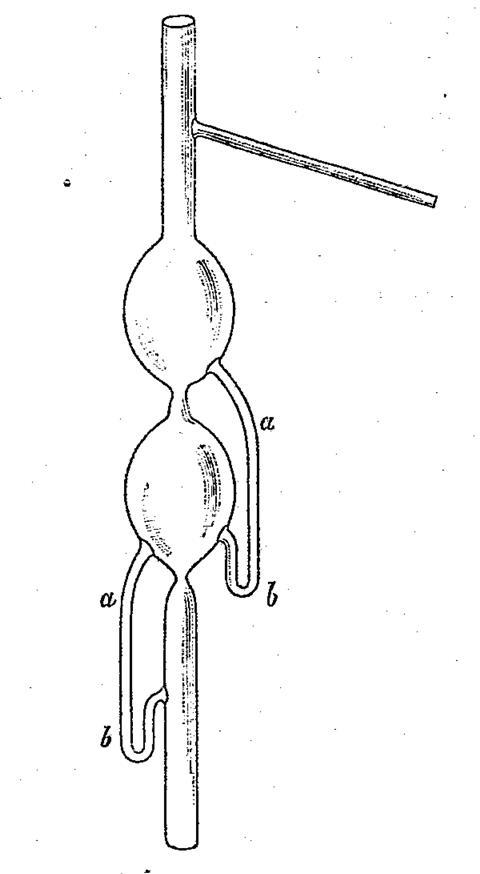
After many trials, Henninger and Le Bel proposed a new variant bubble column with no baskets and where the entrance to each bulb was narrowed down enough that liquid could collect at each level. To get round the flooding problem, each bubble was equipped with a little syphon tube that allowed excess liquid to bypass the central column and drain to the next level.
In our hands, a small replica column alternately bubbled and dribbled, and flooded quickly. Yet the column came to be widely used and spawned numerous descendant designs, all but one of which has become extinct.
Van ’t Hoff spent only a year with Wurtz before securing a position in Amsterdam. In 1874 both van ’t Hoff and Le Bel submitted papers that used structural theory to rationalise Louis Pasteur’s observations of optical rotation and crystal chirality: molecules must be three dimensional, with tetrahedral carbon atoms. Both were happy to share the credit and Henninger seems to have acted as go-between. Le Bel would note that he and van ’t Hoff had never spoken about stereochemistry when they had shared a lab. The idea had just emerged.
Henninger remained in Wurtz’s lab and was rapidly promoted to a series of faculty positions in Paris. But his health was poor – tuberculosis, perhaps. He died shortly after Wurtz, in 1884, much mourned by his colleagues.
Le Bel, for all his brilliance, left academia when he and his sisters inherited the tar sands. He soon tired of running a business and sold up. Now a millionaire, he returned to Paris to live the life of a bachelor scientist, with a well-appointed private lab in town and a chateau on the outskirts where he kept exotic animals, including a llama.
Wurtz and his students left an indelible imprint on chemistry, from technique to methodology and theoretical ideas; perhaps Couper’s tragic fate was a one-off. Even so, the gap between success and disaster is narrow. Never underestimate the human dynamics of a lab.
Acknowledgments
I am grateful to John Cowley for building a replica column, Tali Humphrey who tested it, and to Rupert Cole of the Science Museum in whose stores I fell in love (with the Henninger–Le Bel column).
References
1 A Henninger and J A Le Bel, Comptes Rendus Acad. Sci., 1874, T73, 480
2 J A Le Bel and A Henninger, Chem. Ber., 1874, 7, 1084

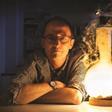
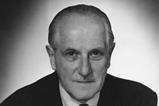

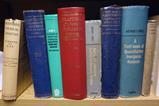












No comments yet